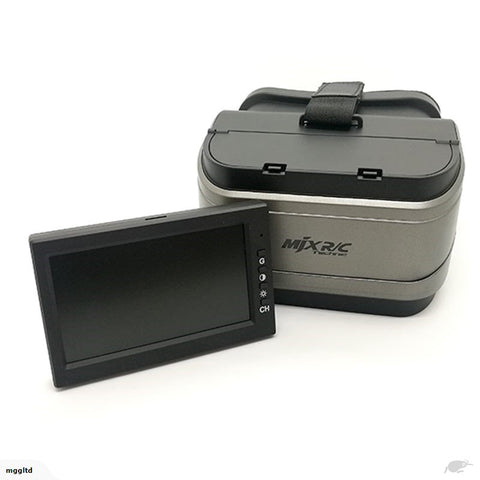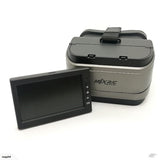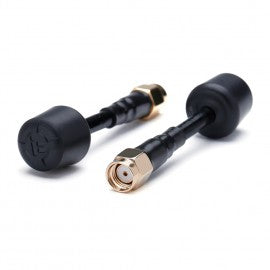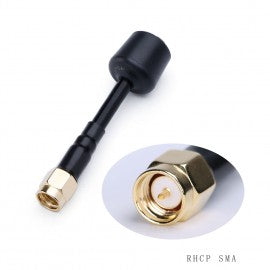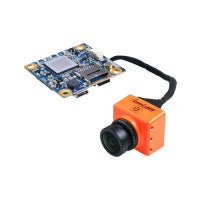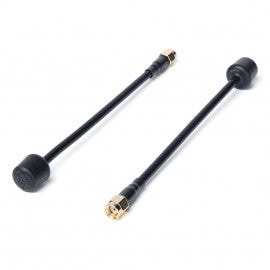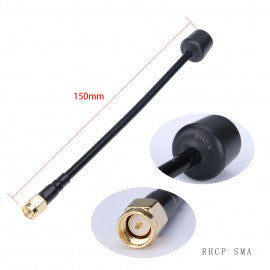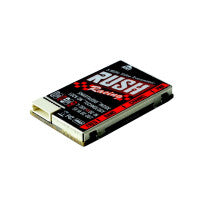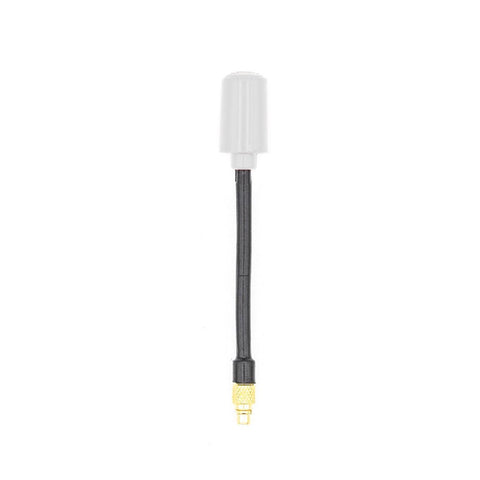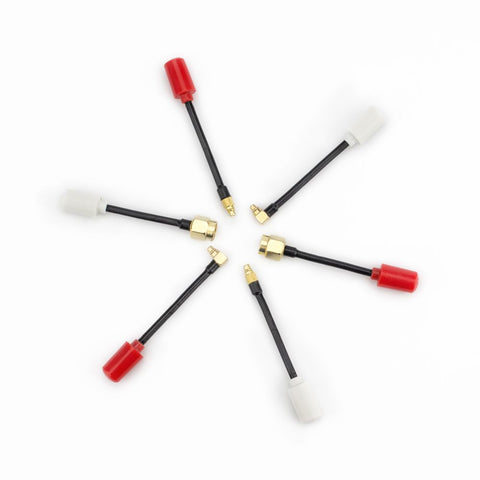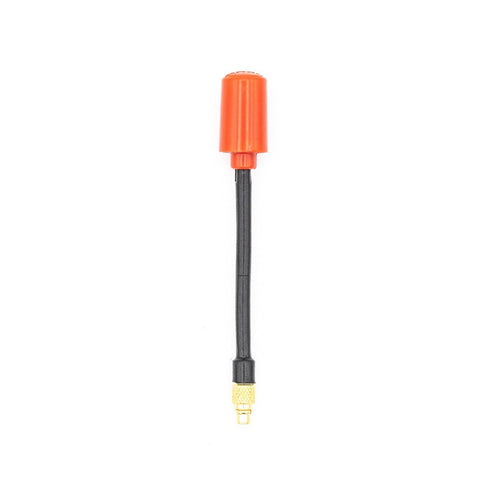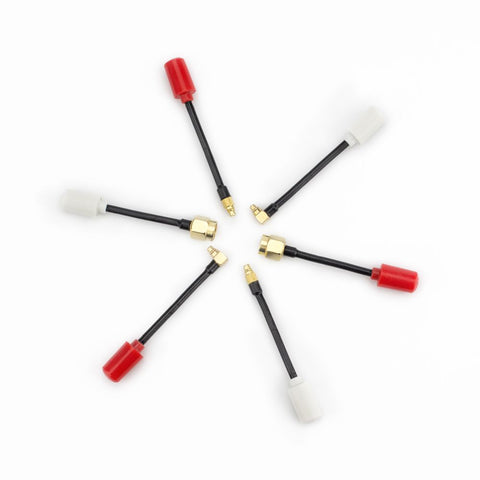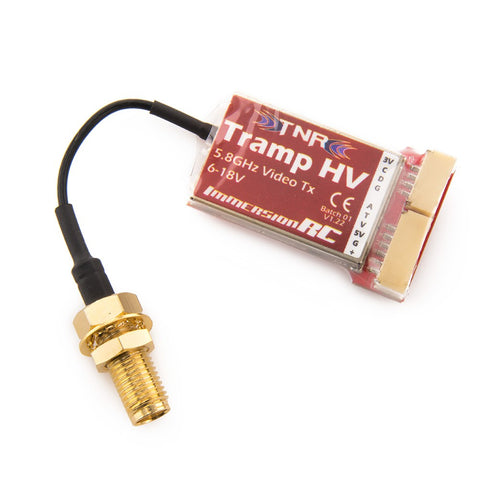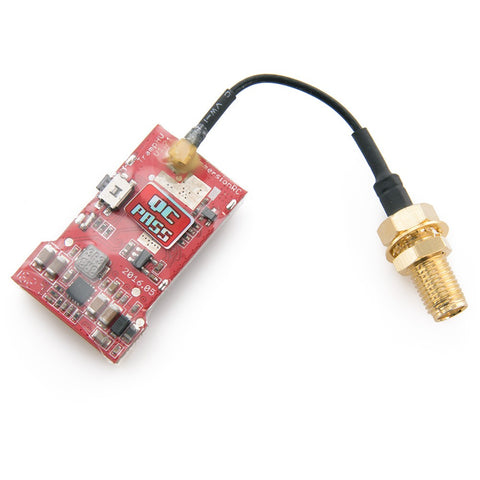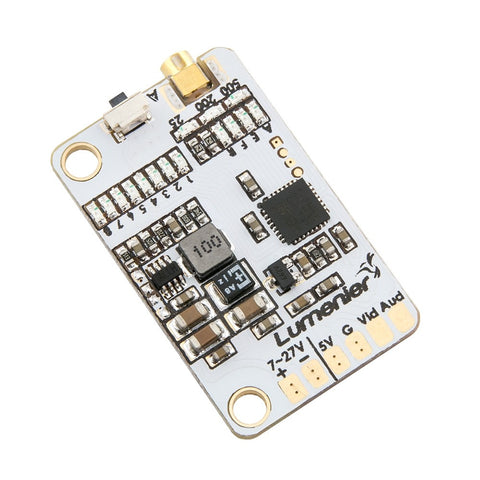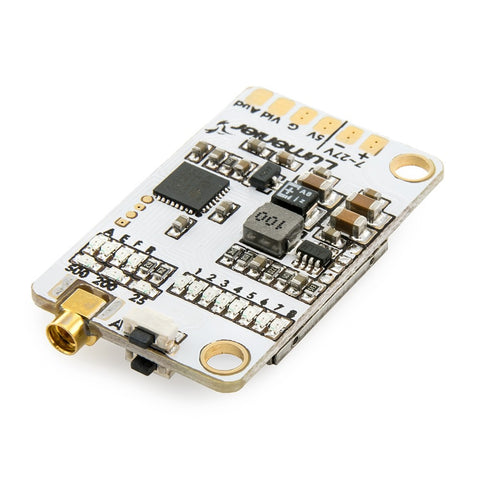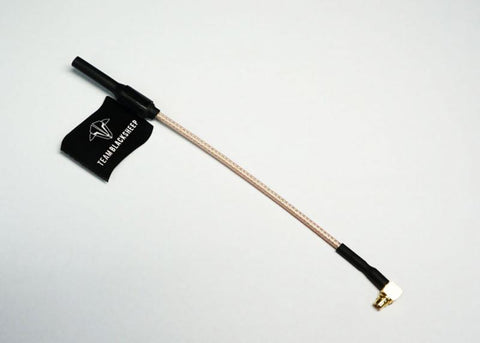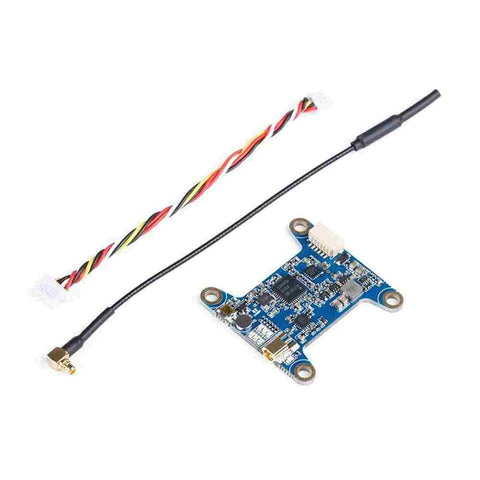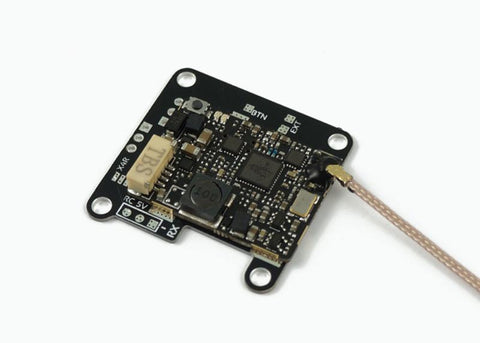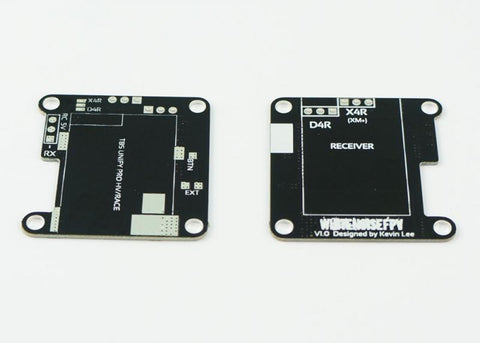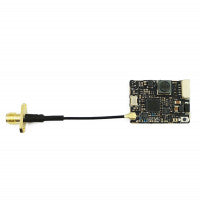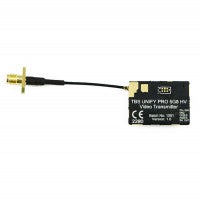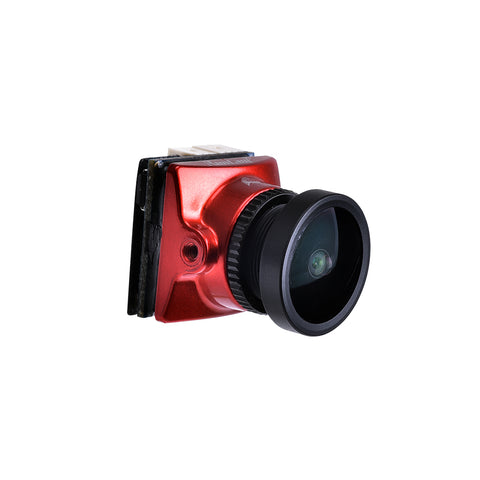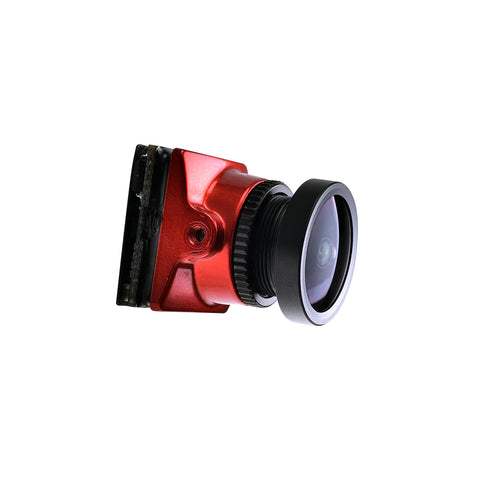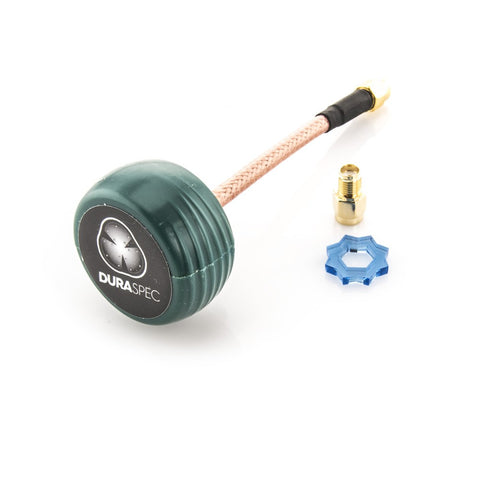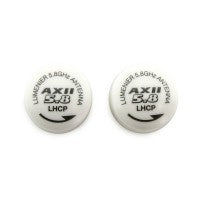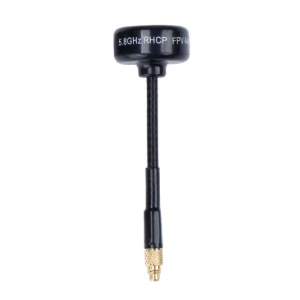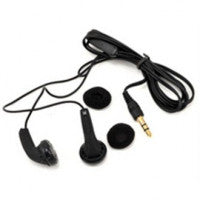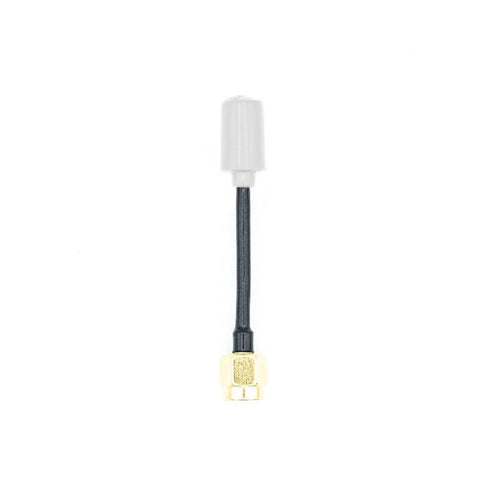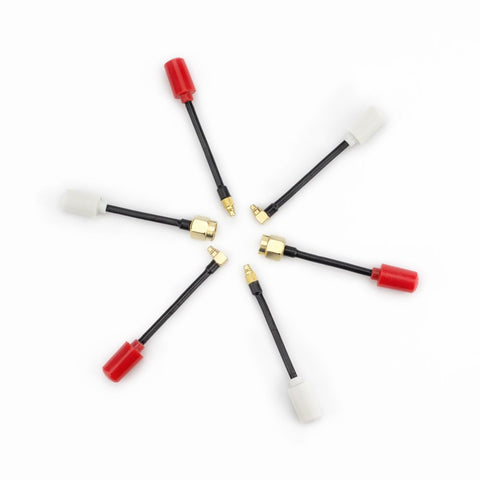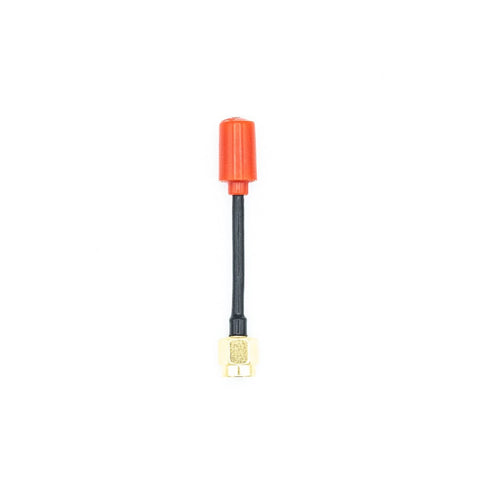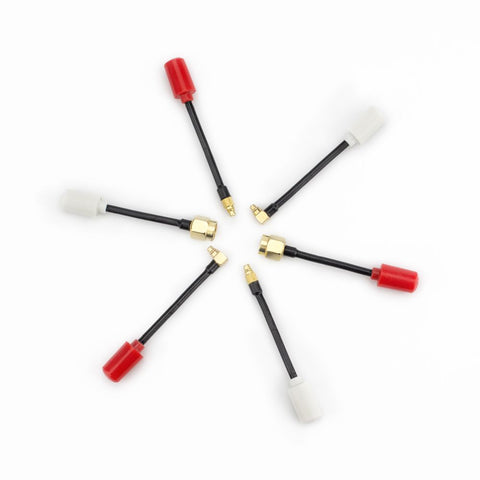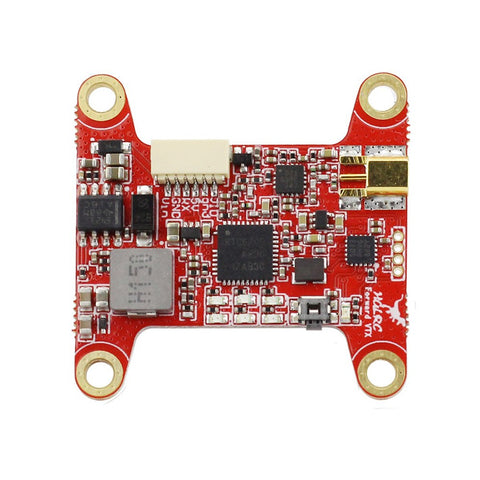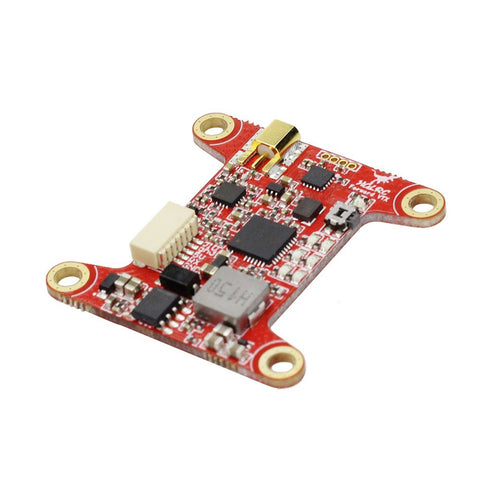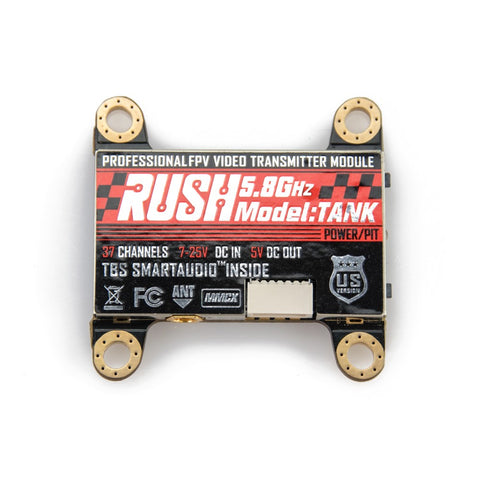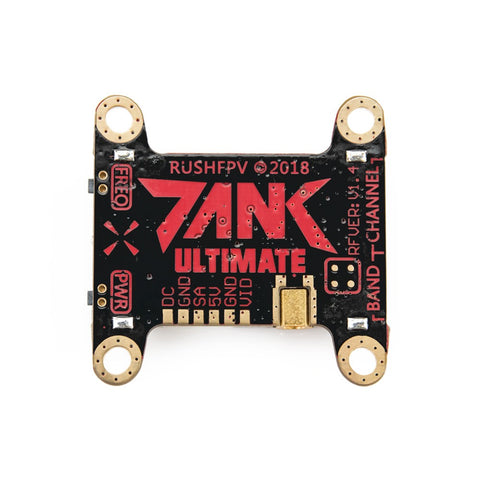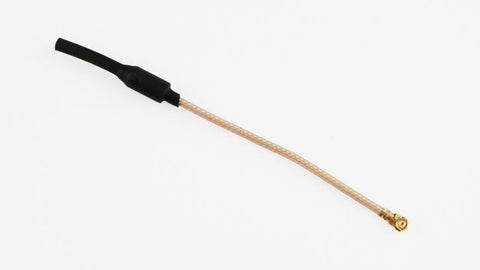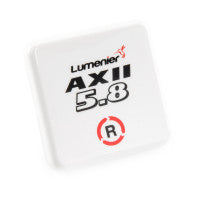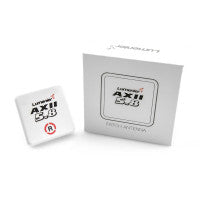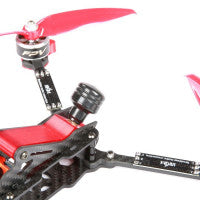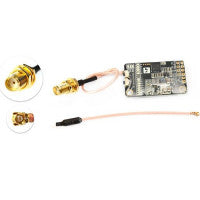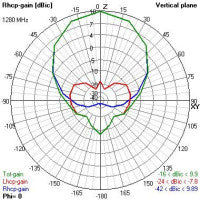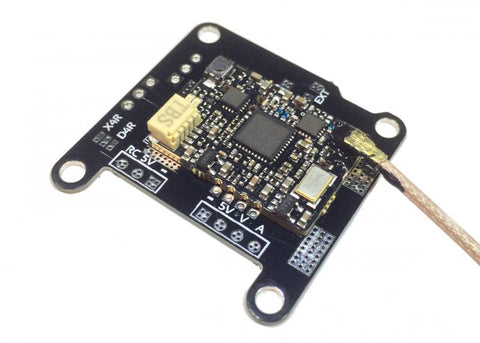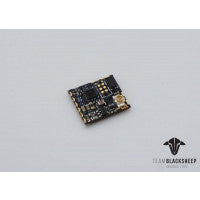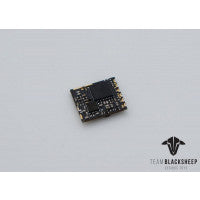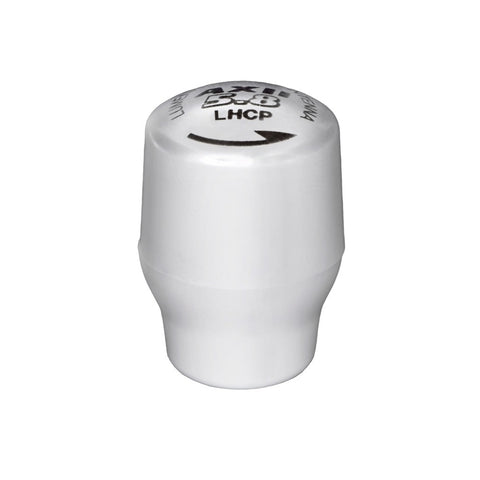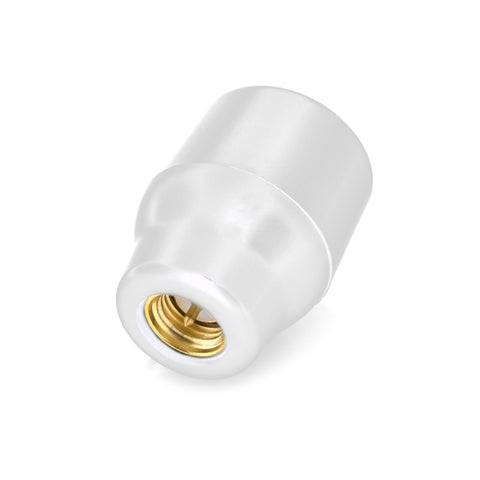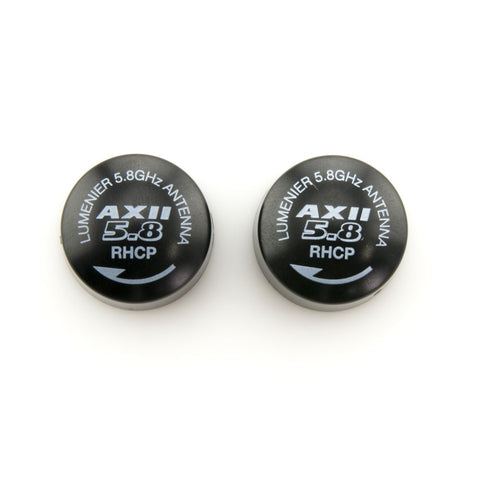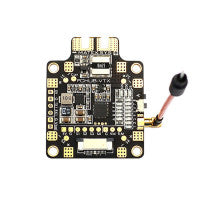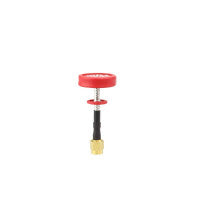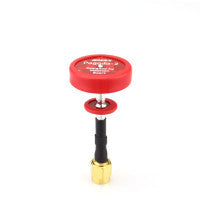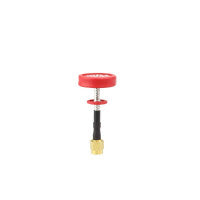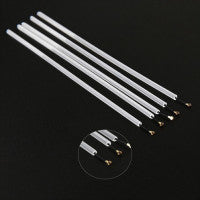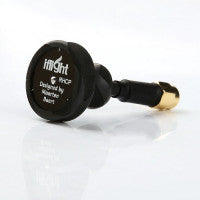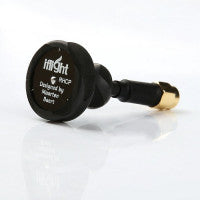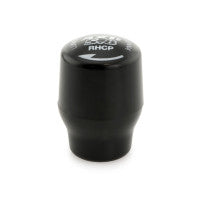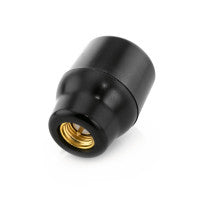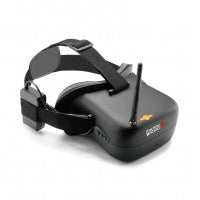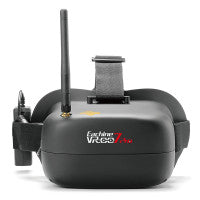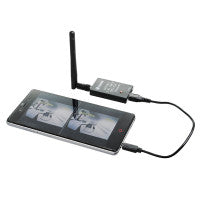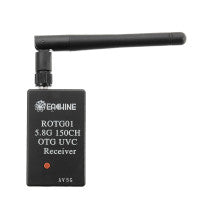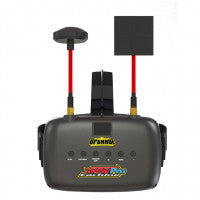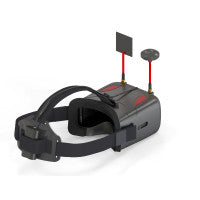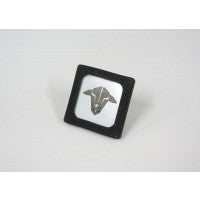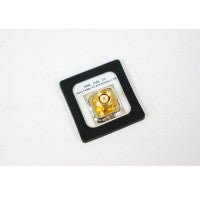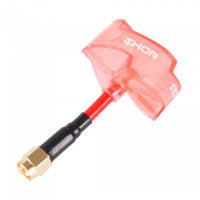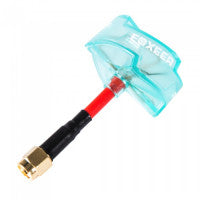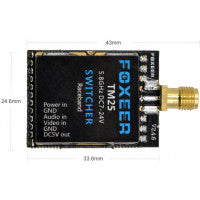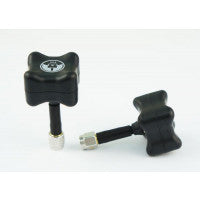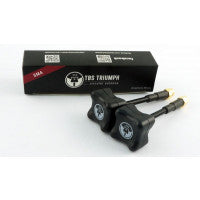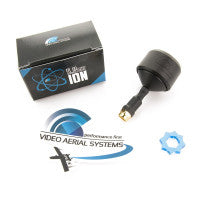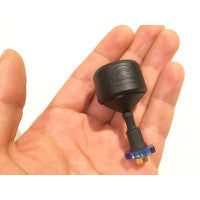Goggles for Bugs 8 / Bugs 8 Pro (ALL 2.4gHz Drones)
The G3 is unlike any other conventional FPV headset around in the sense that it doesn’t have its own built-in monitor. This is because it was designed specifically to be used with the D43 monitor. A slot at the front of the G3 allows you to insert the D43 in and it is secured with a simple lid. No tools are required to do this and inserting or removing the D43 is very easy. The D43 features a 4.3″ display and a 32-channel 5.8G FPV receiver. Interestingly, MJX has chosen not to include an external antenna. Instead, the D43’s antenna is hidden. This was probably done to create a cleaner appearance — a decision driven purely by aesthetics and probably to make it more appealing to the mass consumer. The D43 doesn’t even have an antenna connector for attaching external antennas of your choice. Indeed, this is a bold move by MJX when all other manufacturers include removable antennas on their FPV headsets with the exception of DJI. These headsets do look goofy with large antennas sticking out up front but they do have excellent FPV reception. An FPV headset with no external antennas may seem less attractive to the niche market of serious FPV enthusiasts but I believe this design approach will make the D43 more appealing to the mainstream consumer. Without an external antenna, the reception range on the D43 is certainly no match when compared to headsets with external antennas. The D43 can receive FPV transmission from the Bugs 8 up to a distance of about 300m with a clear line of sight. This, however, isn’t an issue because the D43 was designed primarily for the Bugs 8 which has a radio control range of less than 300m. It is only an issue if you intend to use it with other drones with 5.8G FPV that can travel well beyond 300m. Beyond 300m, there is zero reception. Reception is solid at distances of 80m or less. At these distances, there is hardly any breaking in reception. At around 90 to 250m, there are occasional breaks in reception. These distances are not ideal if you’re flying fast through tight spaces relying on FPV alone. Another thing to note is that the D43’s internal antenna behaves somewhat like a directional antenna. This means reception is at its best when the monitor is facing the drone. Turn away from the drone and reception starts to suffer. Operating the D43 is fairly simple. There are only 4 buttons and 1 power switch. Charging is handled by a micro USB port. This means you can use your phone’s charger which keeps things simple. The buttons allow you to control the grid, contrast, brightness, and channels. The channel button allows you to toggle around the 32 FPV channels. A single press lets you switch to the next channel. Pressing and holding the button turns on auto-scan which will scan all 32 channels until an FPV feed is found.
Display quality is decent on the D43 and images to appear sharp with adequate contrast. The screen displays signal strength (RSSI), channel status, battery level and SD card status. There is also a grid that can be turned on or off. There is no video recorder on the D43 since the Bugs 8 already has a memory card slot in its supplied camera. The D43 can be used as a stand-alone FPV monitor mounted onto the Bugs 8 transmitter (radio controller) via a ball joint and mount or it can be inserted into the G3, converting it into an FPV headset. This dual-purpose use of the D43 gives it plenty of value and I believe MJX is the first and currently only brand to have such a product. When used as a stand-alone monitor, the D43 can be fitted with the supplied sunshade to improve screen visibility.
Overall, the D43 has an excellent design with decent build quality. It is very compact, reasonably light and has a dual purpose design which is great. The screen’s display quality is excellent.
Display quality is decent on the D43 and images to appear sharp with adequate contrast. The screen displays signal strength (RSSI), channel status, battery level and SD card status. There is also a grid that can be turned on or off. There is no video recorder on the D43 since the Bugs 8 already has a memory card slot in its supplied camera. The D43 can be used as a stand-alone FPV monitor mounted onto the Bugs 8 transmitter (radio controller) via a ball joint and mount or it can be inserted into the G3, converting it into an FPV headset. This dual-purpose use of the D43 gives it plenty of value and I believe MJX is the first and currently only brand to have such a product. When used as a stand-alone monitor, the D43 can be fitted with the supplied sunshade to improve screen visibility.
Overall, the D43 has an excellent design with decent build quality. It is very compact, reasonably light and has a dual purpose design which is great. The screen’s display quality is excellent.
$30.54
MGG
Goggles & Monitors
Out of stock
The G3 is unlike any other conventional FPV headset around in the sense that it doesn’t have its own built-in monitor. This is because it was designed specifically to be used with the D43 monitor. A slot at the front of the G3 allows you to insert the D43 in and it is secured with a simple lid. No tools are required to do this and inserting or removing the D43 is very easy. The D43 features a 4.3″ display and a 32-channel 5.8G FPV receiver. Interestingly, MJX has chosen not to include an external antenna. Instead, the D43’s antenna is hidden. This was probably done to create a cleaner appearance — a decision driven purely by aesthetics and probably to make it more appealing to the mass consumer. The D43 doesn’t even have an antenna connector for attaching external antennas of your choice. Indeed, this is a bold move by MJX when all other manufacturers include removable antennas on their FPV headsets with the exception of DJI. These headsets do look goofy with large antennas sticking out up front but they do have excellent FPV reception. An FPV headset with no external antennas may seem less attractive to the niche market of serious FPV enthusiasts but I believe this design approach will make the D43 more appealing to the mainstream consumer. Without an external antenna, the reception range on the D43 is certainly no match when compared to headsets with external antennas. The D43 can receive FPV transmission from the Bugs 8 up to a distance of about 300m with a clear line of sight. This, however, isn’t an issue because the D43 was designed primarily for the Bugs 8 which has a radio control range of less than 300m. It is only an issue if you intend to use it with other drones with 5.8G FPV that can travel well beyond 300m. Beyond 300m, there is zero reception. Reception is solid at distances of 80m or less. At these distances, there is hardly any breaking in reception. At around 90 to 250m, there are occasional breaks in reception. These distances are not ideal if you’re flying fast through tight spaces relying on FPV alone. Another thing to note is that the D43’s internal antenna behaves somewhat like a directional antenna. This means reception is at its best when the monitor is facing the drone. Turn away from the drone and reception starts to suffer. Operating the D43 is fairly simple. There are only 4 buttons and 1 power switch. Charging is handled by a micro USB port. This means you can use your phone’s charger which keeps things simple. The buttons allow you to control the grid, contrast, brightness, and channels. The channel button allows you to toggle around the 32 FPV channels. A single press lets you switch to the next channel. Pressing and holding the button turns on auto-scan which will scan all 32 channels until an FPV feed is found.
Display quality is decent on the D43 and images to appear sharp with adequate contrast. The screen displays signal strength (RSSI), channel status, battery level and SD card status. There is also a grid that can be turned on or off. There is no video recorder on the D43 since the Bugs 8 already has a memory card slot in its supplied camera. The D43 can be used as a stand-alone FPV monitor mounted onto the Bugs 8 transmitter (radio controller) via a ball joint and mount or it can be inserted into the G3, converting it into an FPV headset. This dual-purpose use of the D43 gives it plenty of value and I believe MJX is the first and currently only brand to have such a product. When used as a stand-alone monitor, the D43 can be fitted with the supplied sunshade to improve screen visibility.
Overall, the D43 has an excellent design with decent build quality. It is very compact, reasonably light and has a dual purpose design which is great. The screen’s display quality is excellent.
Display quality is decent on the D43 and images to appear sharp with adequate contrast. The screen displays signal strength (RSSI), channel status, battery level and SD card status. There is also a grid that can be turned on or off. There is no video recorder on the D43 since the Bugs 8 already has a memory card slot in its supplied camera. The D43 can be used as a stand-alone FPV monitor mounted onto the Bugs 8 transmitter (radio controller) via a ball joint and mount or it can be inserted into the G3, converting it into an FPV headset. This dual-purpose use of the D43 gives it plenty of value and I believe MJX is the first and currently only brand to have such a product. When used as a stand-alone monitor, the D43 can be fitted with the supplied sunshade to improve screen visibility.
Overall, the D43 has an excellent design with decent build quality. It is very compact, reasonably light and has a dual purpose design which is great. The screen’s display quality is excellent.

